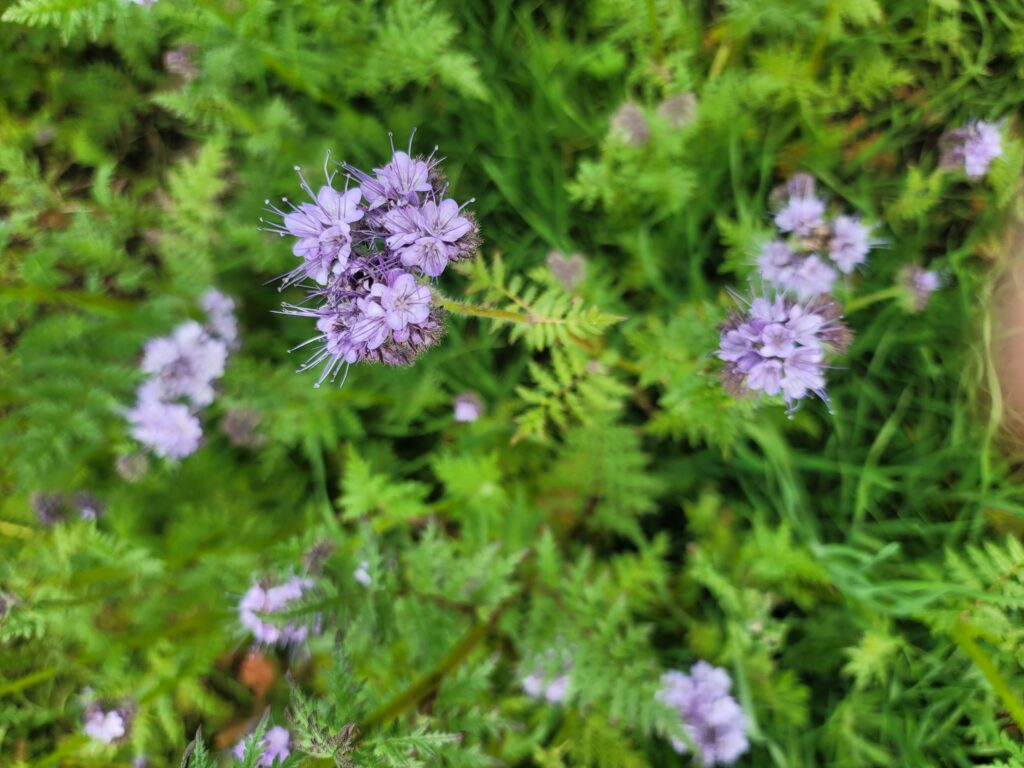No Mow May really took flight this year! We have seen hundreds of news articles, many new towns creating their own No Mow April/May/Spring resolutions, and we have received so many thoughtful questions on this surprisingly complex issue. As we have said before, not mowing for one month is not a magic fix, but studies have shown that reducing or eliminating mowing in the spring can increase bee abundance and species diversity when compared to more frequently mowed lawns.
What were some of the questions we got asked?
Is it okay if I mow in the middle of May? Sure—there are no rules about No Mow May. For us, No Mow May is about bringing some wildness back into our neighborhoods and stimulating conversations about what we can be doing to support bees. Allowing your grass to grow is a nice first step, and mowing less frequently is an improvement!
Can I mow some of my lawn? No problem. If you allow half or a quarter of your lawn to grow, that is better than none. Whatever you do has to fit with how you use your garden. If you need a play space, mow it!
What about ticks? If you are concerned about ticks jumping on as you brushing past long grass make sure that you keep the areas next to paths or places where you walk or play mown short. This is commonly done in parks—the sides of trails are mown to a distance the same as the grass height. When it flops, it doesn’t reach the trail.
Is May the best month everywhere? No. We know of some cities that promoted No Mow April and others that hosted a non-specific No Mow Month. May is the best month for Britain, where No Mow May started, and works well for Wisconsin, where residents of Appleton became the catalyst for this movement in the US.
What about my HOA landscaping rules or my city’s weed ordinances? Sorry, we don’t have a magic wand or other special powers to change those. Such change will have to come from residents and can be a long effort. In Appleton, WI, the community spent a couple of years working with the city council to amend the weed ordinances. It does take time and work, but the benefits can be profound. There is a need for cities to be able to address problems from derelict properties and situations where noxious weeds are a problem, but there must be a way to allow gardeners to create habitat to support pollinators and other wildlife.
Where do we go from here?
The most important things people can do to support bees is to:
- Plant regionally native plants,
- Provide natural nesting sites,
- Reduce/eliminate the use of pesticides,
- Spread the word! Talk to your friends, neighbors and elected officials.

Reflect on what worked: making your landscape more pollinator-friendly
If you participated in No Mow May, did more bees visit your yard this year? If so, types of bees? What flowers did they prefer?
What native plants thrived? Can you propagate them, or share their seeds with your neighbors?
How can you increase species diversity? Was there a lull in blooms? Bees need consistent native flowers throughout the growing season. Consider filling in the flower-gaps throughout the growing season.
If not mowing for a month did not work for you, consider reducing your mowing to every two or three weeks instead. Or try maintaining a mowed buffer or path in high-traffic areas.
Prepare for next spring
We don’t believe that a homeowner or gardener should become an outlaw because they want to help pollinators. We hope the enthusiasm behind No Mow May leads to year-round improvements in weed and lawn ordinances, allowing gardeners to make their yards bee friendlier, if they choose.
If you want to ensure you can participate in No Mow May next year, check your town’s lawn and weed ordinances. If they don’t allow lawns over a certain height, consider asking your elected officials to amend policies to allow people the option of having pollinator-friendly yards.
You can read more on our No Mow May page, which includes more research, ideas, and sample No Mow May Resolutions.
Stay tuned for our next post “Beyond No Mow May.”






